This past weekend, I watched the new Netflix film “Nappily Ever After” which follows a woman’s journey of hair. You’re more than likely wondering “well, that’s an odd subject to focus on,” however hair is such a big part of the Black woman’s experience. The movie helped me reflected with my love/hate relationship with my hair.
Violet begins her hair journey as a child while her mother presses her coils in the family's kitchen to have straight hair. Her mom berates her how much she has to stay out of the water because her hair would curl up in its natural state, even though they spend an afternoon at the pool. As Violet ages, she continues this routine, by pressing her hair with her mom and staying clear of wet weather (Black women know this fear all too well). After a bad hair salon experience and a breakup, Violet decides to cut all her ties to the social norms of what's beautiful and accepts her own hair for what it is.
My earliest memory of my hair is similar to Violet's as it's crying while my mom struggled to comb my hair. I had thick hair, and my mom had no idea how to manage it. She immediately sent to hair salons from the time I was three years old and before major special occasions, she’d have me sit in the kitchen while she hot combed my hair to make it as straight as possible. For so many years I remember yearning for long silky hair like the white girls on TV, (Cher Horowitz was my ultimate hair goals) that’s easy to comb and could run your fingers through your hair. The breaking point for me at 13, where I went to hair school to style my hair, but three amateur stylists struggled to comb and style my hair. The stylists kept mentioning my hair reminded them as Rudy Huxtable (not sure why I felt this was an insult) but I was embarrassed and frustrated. When I was finally done at the hair salon, I begged my mom to give me a perm. She gave in, and for several years of my life, I permed my hair every six weeks and straightened my hair as much as possible.
I finally obtained the hair I always wanted, long flowy hair, however, the process to get it to that point was excruciating. The perming process had to sit on your head until your scalp started to burn, and sometimes it hurt so badly that when they were washing it out, it was sore. I would go to Dominican hair salons to get my hair bone straight, where they had high powered hair dryers and would burn the living hell out of my scalp just, so it could fall into the category which I perceived as “good” hair.
It wasn’t until college that I started to question why I put so much emphasis on what is acceptable when it comes to my hair. In my Black Feminism course, my professor explained the term The Lily Complex, “altering, disguising, and covering up your physical self in order to assimilate, to be accepted as attractive.” Society has embedded that euro-centric beauty standards are the what we should strive for and those that are outside of that narrative are not considered "beautiful." It even started with slavery when those were light skinned with “good” hair was allowed to work in the house while dark-skinned slaves had to work on the field. And Black people have carried that stigma ever since. In the last ten years, more Black women are opting to go natural and staying away from processed hair.
After that course and a college friend sharing her journey and tips of going natural, I decided to go natural my senior year. I watched YouTube videos, researched products, tried different ways of styling my hair. Then I moved to Cleveland and relapsed and processed my hair. Those two years of growing out my natural hair and trying to get my hair healthy after years of heat damage went right out of the door. After two trips trying to perm my hair, my hair completely rejected the chemicals, and I accepted that as a sign that I need to embrace my natural coils.
Since April 2016, my hair has been officially natural. As much as I love being natural, it's a constant battle with me and maintaining my hair. There are days where I find a bomb hairstyle to try from Youtube and it doesn’t turn out the way I want it. Or on many occasions where I’m too lazy to wash my hair or style it the night before and ultimately regret it the next morning because I look a mess and gotta wrap my hair in a headscarf. Over the years, I have grown to truly love my hair. I have noticed in the natural hair community there is still a stigma of what is considered "good" hair, which just continues the hair struggle in our community. What I love about my hair and texture is that it's so versatile and play with so many types of styles. Anyone who follows me on social media can tell, I love to change my look around and love different types of protective styles including braids, crochet braids, and weaves and feel like a new person while I give my hair a break for a few weeks. Lately, I've been loving wearing my hair in a big blow out afro. My go-to hairstyle is normally a simple twist out with perm sets for Shirley Temple curls. The beauty of black women’s hair is endless options but also so many different textures.

Being a Black woman is simply dope, but it's even more dope all the different ways we can style our hair. It's insane that we allowed society to dictate how we should perceive what is beautiful when we have truly gorgeous hair growing from our scalp.
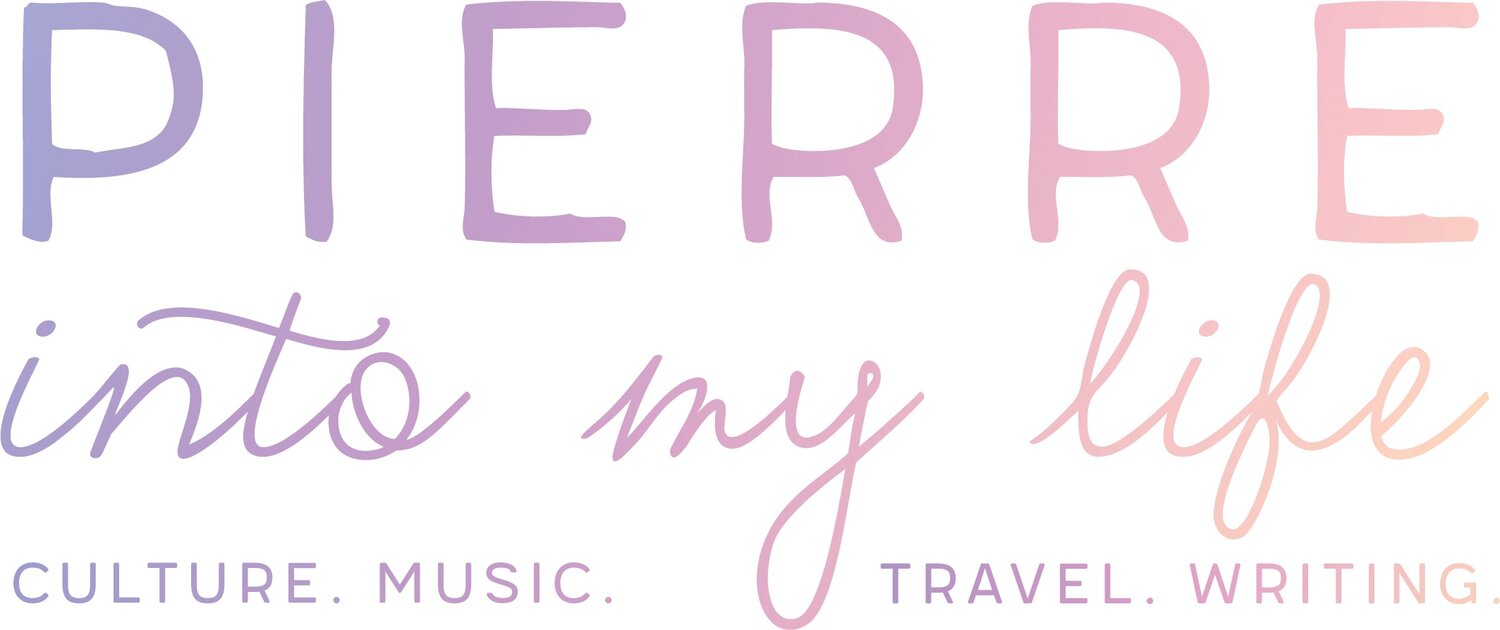


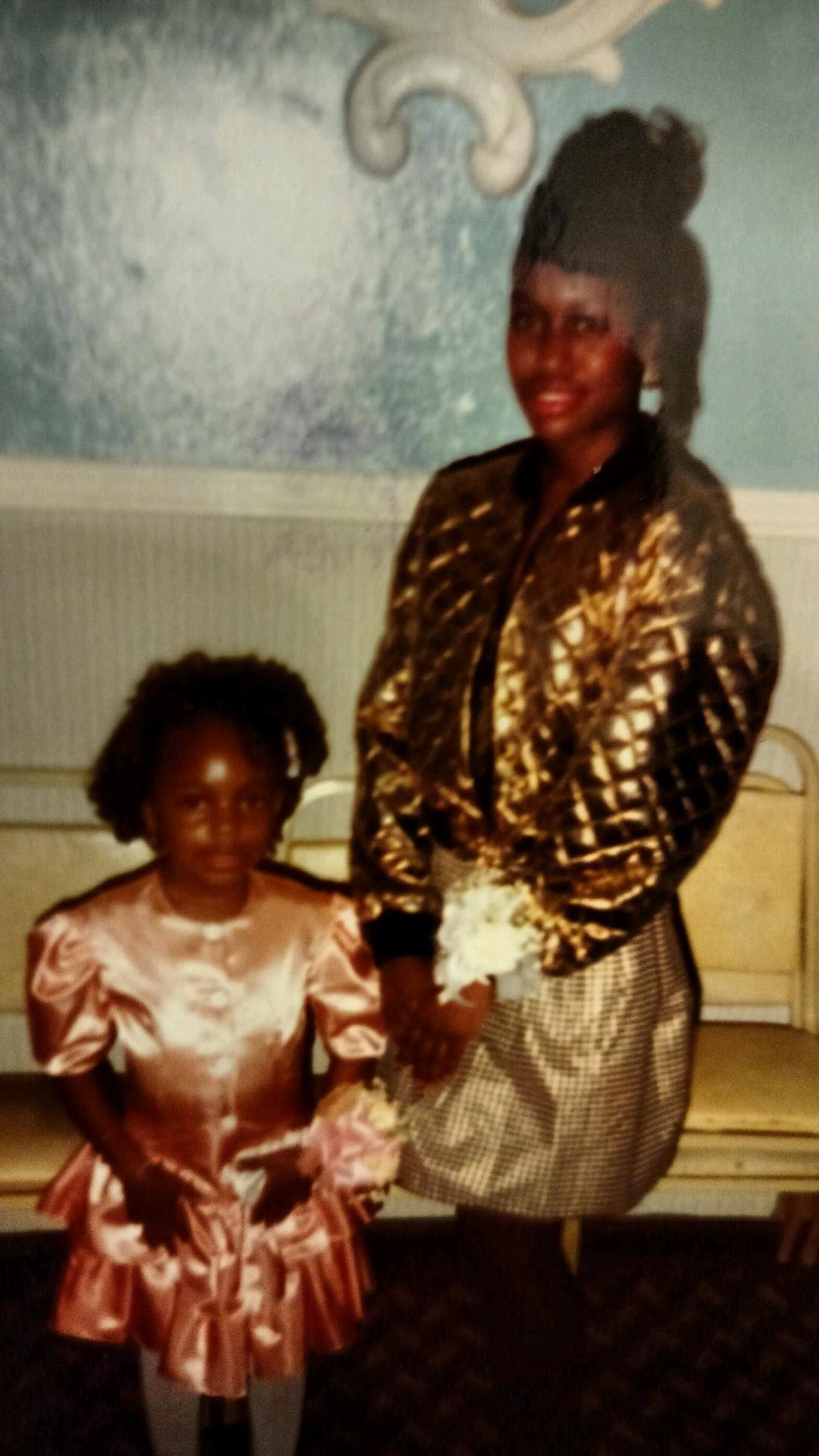


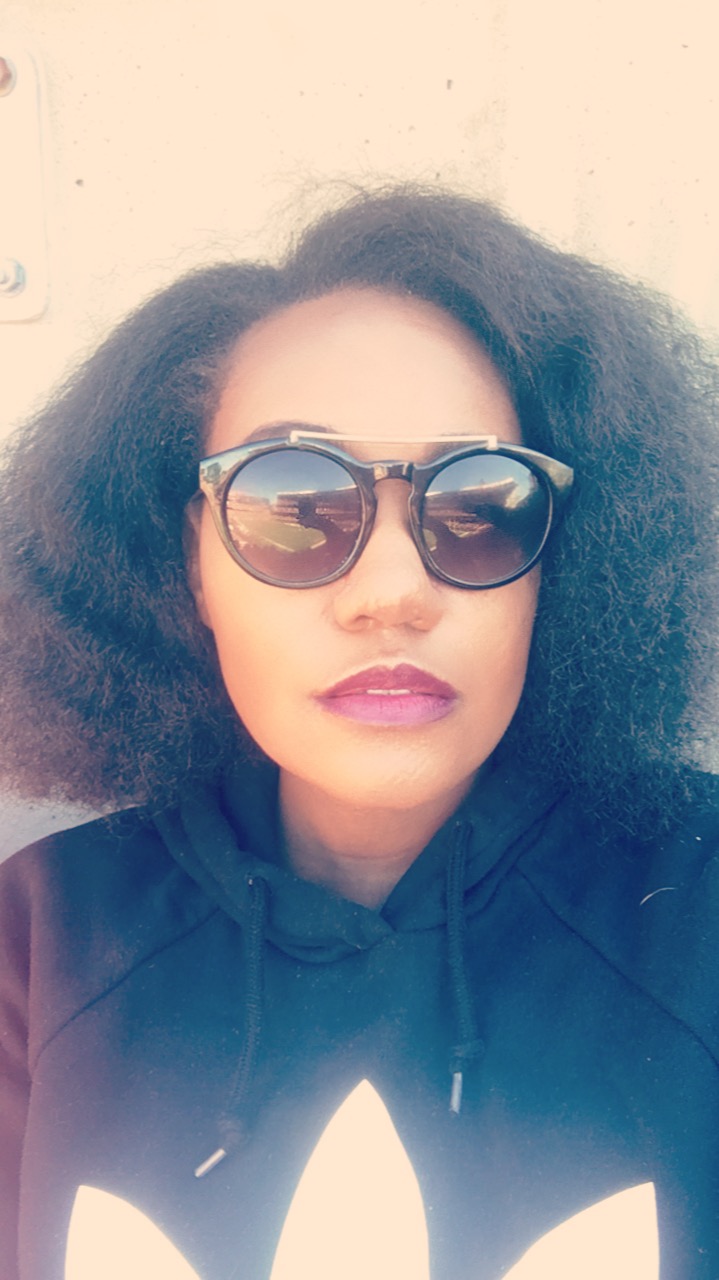
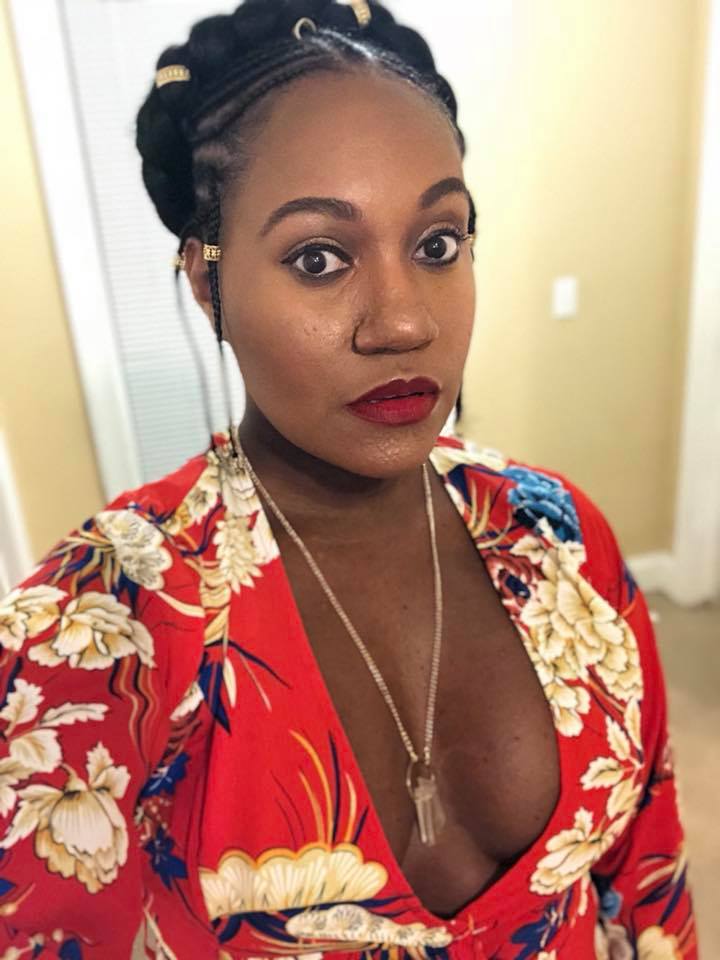
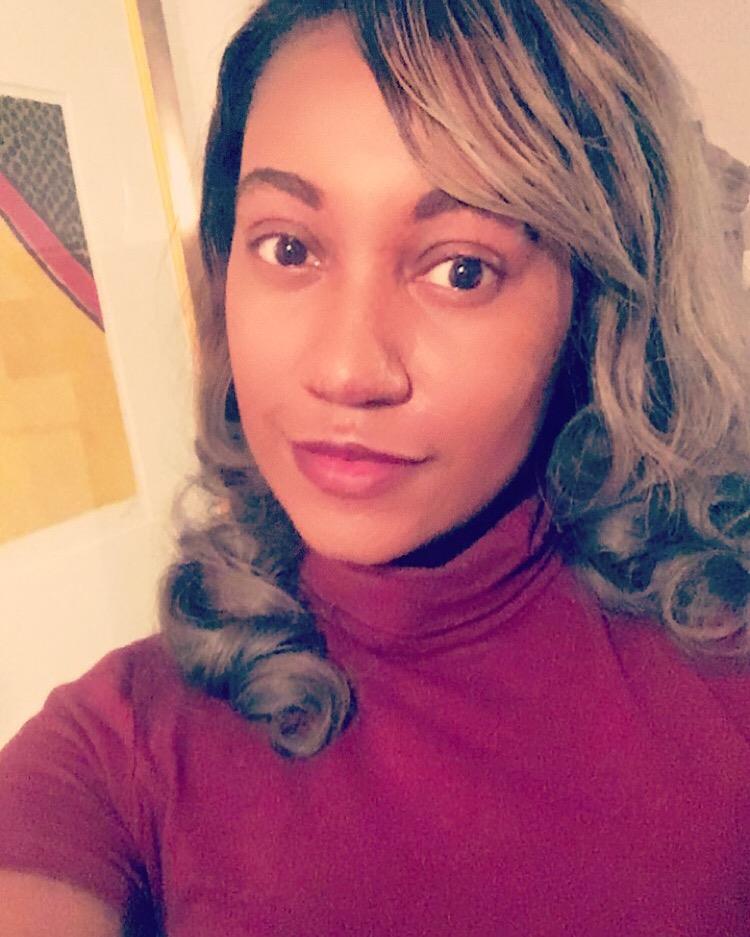
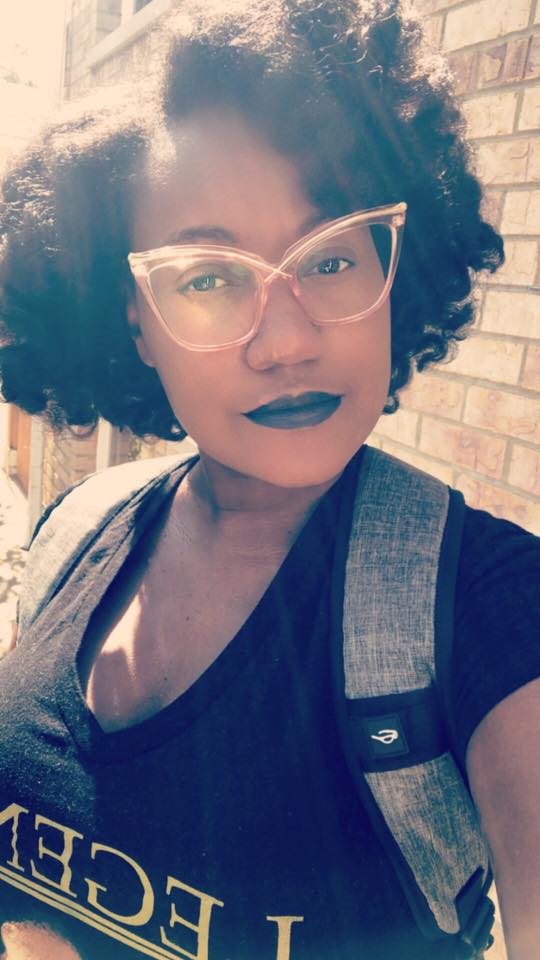















Revolutions are out! Vision boards are in!